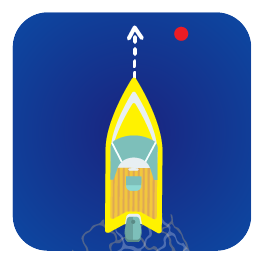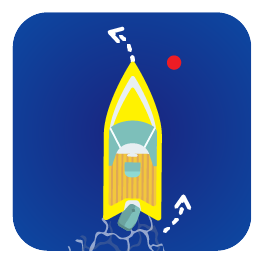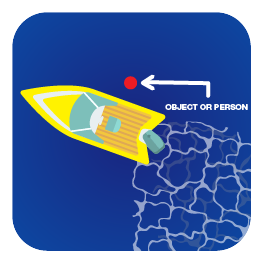Special Permit practical examination
Person in the water exercise
The following information is provided to explain the best way to pick up an object or person in the water.
For this exercise, any floating object may be used to simulate a person in the water, such as a buoy or a large container filled with water.



The applicant should:
- Steer the vessel as if to pass the object / person within one metre (at no more than 4 knots);
- When the object / person is opposite the bow, put the engine in neutral and turn the vessel away from the object / person (for dinghies, point the tiller at the object / person);
- Leave the motor running until the object / person is being held;
- Switch the motor off so that, when a person is climbing over the stern of the vessel (which is the most stable point of entry), the gears are not engaged therefore risking injury to the person in the water.
There are no bonus points for completing this exercise quickly. Safety for the person in the water is the priority.
Hand Signals
As a Special Permit holder you will be permitted to act as an observer in water skiing, provided the vessel is being operated by a licensed holder who is at least 18 years of age. Over the years, water-skiers have developed a series of signals that are easy to learn, use and understand; if you are going skiing, you too should learn these signals.
- Speed up
The thumb or palm up gesture is used to indicate an increase in speed.
- Slow down
The thumb or palm down gesture is used to indicate a decrease in speed.
- Turn
A circling motion with the hand with arm extended above the head indicates a turn and can be followed by pointing in the direction of the turn.
- Back to shore
A pat on the top of the head indicates the desire to return to shore.
- Cut motor
A finger motion across the throat says “stop the vessel immediately!”
- I’m OK
Skier waves a hand or ski to say “I’m not hurt” and indicates their position in the water.
- Stop
Hand raised with fingers outstretched.
- All OK
An ‘O’ made with thumb and index finger indicates that everything is fine.










